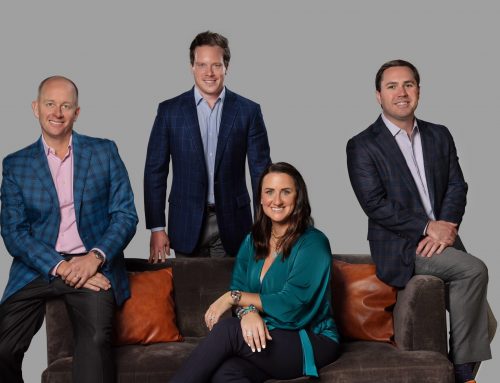Author: Mike Shea, President, SGP Advisors
As temperatures begin to rise in Florida and (hopefully) the snow begins to melt up north, I find myself perplexed by the condition of the global market for lawyer’s professional liability (LPL) insurance. While we seem to have a continued influx of capacity, we also are starting to experience a bit of a shift that has not seemed to happen in years. Industry leaders have certainly talked about the “hard market” coming, but there have only been isolated pockets across specific practice areas that have experienced such hardening. While the historical practice areas such as plaintiff class action, mass tort and medical malpractice, remain challenging, the overall market participation for such risks seems to have opened up a bit thanks to some key carriers taking a fresh, new approach to the underwriting of this practice area(s). While the rates remain on the higher end, there seems to be a bit of an increase on the number of carriers willing to consider this area of practice. Intellectual Property, Securities Law and Mortgage Default (Foreclosure) practices remain some of the most difficult and highest priced segments in the industry. These practices are also unique in this market, as the number of participants have increased, however, the rates of not been driven down like they have historically in other markets segments where new capacity is introduced.
The most recent big news, which could create a ripple affect across the entire LPL market was the February 2015 AM Best downgrade of Attorneys Liability Assurance Society (ALAS). ALAS, a specialty risk retention group, writing predominantly Professional Liability for Big Law has experienced high underwriting losses, as well as, further adverse developments in claims reserves. While ALAS remains very well capitalized and maintains an integral foothold in the market, we do expect many commercial insurance companies and brokers to try and capitalize on this negative assessment. I think it is quite interesting and worth noting that many key commercial insurance companies have actually experienced rating increases over the past 10+ years, while ALAS has now faced a rating decline from A+ to A to A-.
Along these same lines, One Beacon announced January 1st 2015, that there were transferring their renewal rights to Argo Pro and now longer going to participate in the LPL space. This news came as a bit of surprise as One Beacon come in to the market very strongly in 2006, so I do not think anyone expected their tenure to be less than 10 years, however, it appears that the Argo Pro transition has gone very well and should not have much impact on the over market as a whole. All it does is create less opportunity and capacity within the admitted (standard) market, which we believe will ultimately “harden” up the market for the benign type risks especially with most other carriers pulling back in some form or fashion.
What has evolved from this is more opportunity in the excess and surplus market, which continues to expand from a capacity standpoint. It seems like a new player enters that market for law firm about every 3-4 months. This is only going to make it more challenging for the firms stepping outside of their specialty as the economy and amount of legal work slowly grows back from the 2008 economic downturn. However, the news of late from various legal publications, already reports that litigation is slowing down so there could start to be some attrition in that sector, which could create more challenges for the profession, especially given the lack of hiring on the law school graduate market the past 5 years.
Overall, the state of the market remains very positive in my opinion. I think everyone expected it to be much more challenging in 2015, however, I think the trend is only up and overall it will be a wide scale as to where premium increases fall this year. I think we are years away, if ever, where we truly experience a hard market like 2001 or the 1980’s. There is just too much capacity and competition for business both on the underwriting and broker side of things. BUT, as we know that could all change very quickly if the unexpected becomes the reality.






